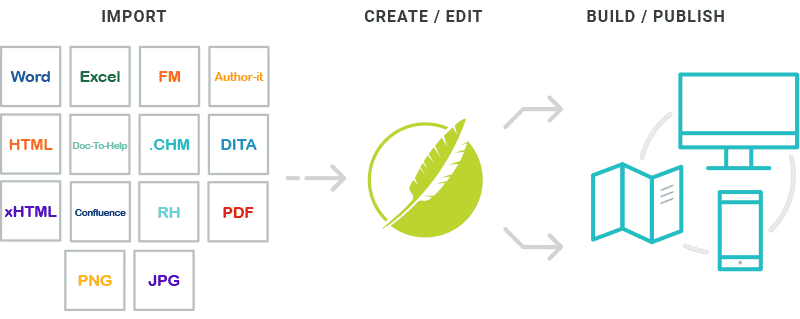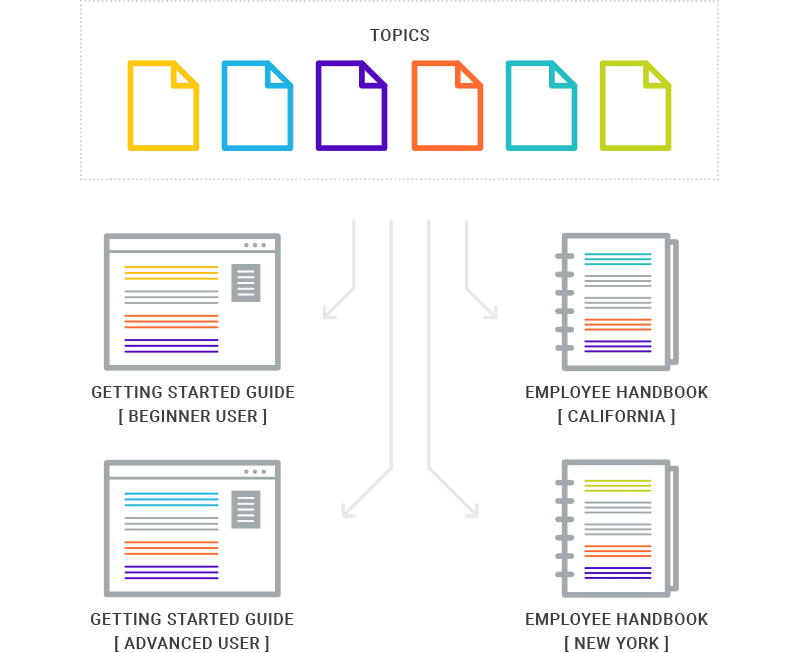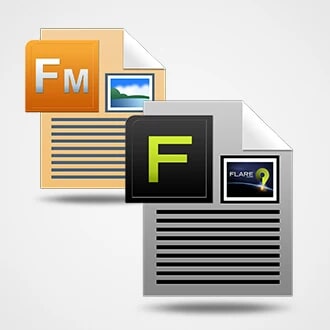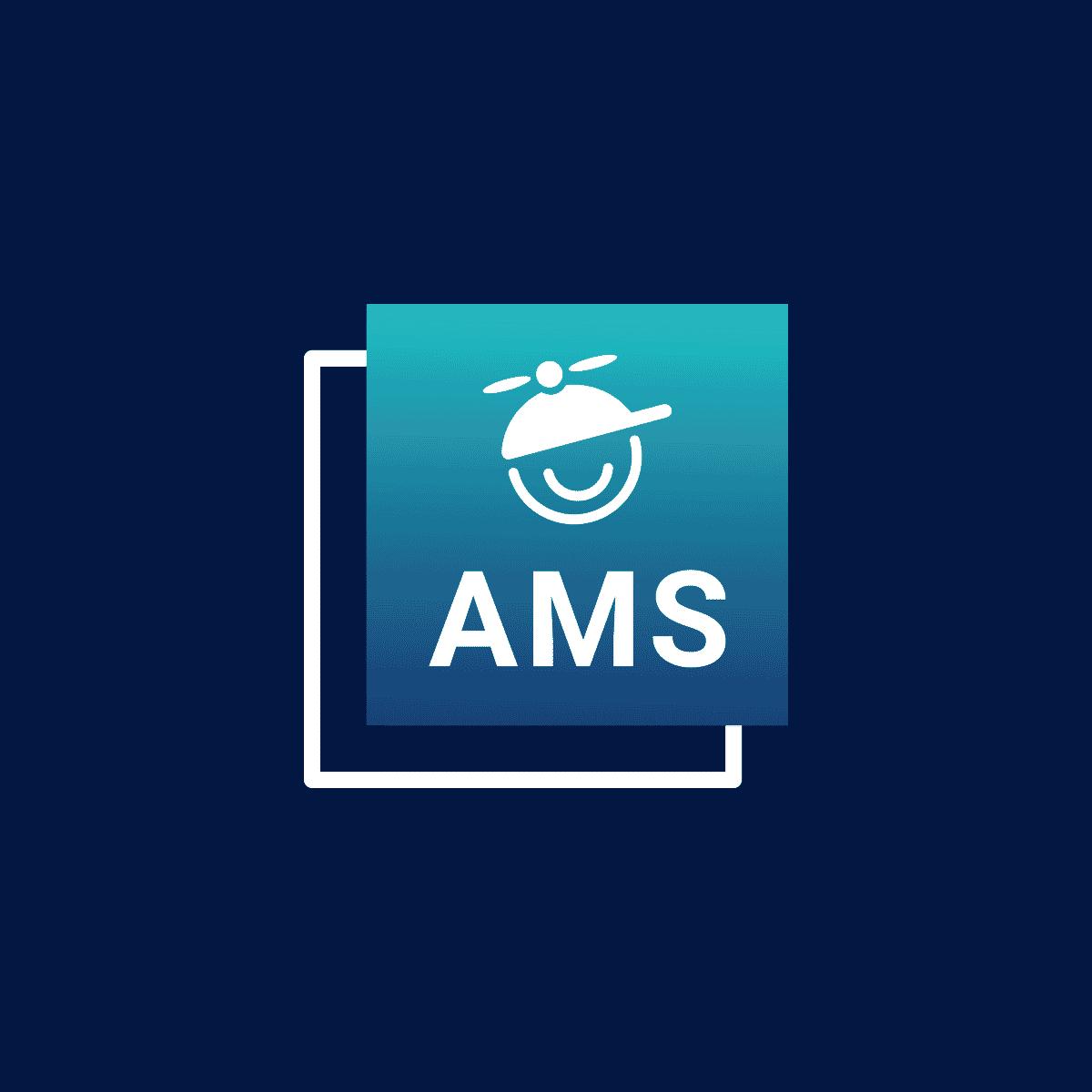What is MadCap Flare, what does it do, and why is there such a passionate user base? These are the questions I am asked more often than any others, and they are ones I am always happy to answer.
With new technologies and applications debuting at an unprecedented rate, knowing exactly what kind of tool Flare is and the traditional content development challenges it addresses is key to understanding why it is so popular today.
To put it simply, Flare is a software application used to create and publish content across a wide variety of output formats, languages, and devices. While being used primarily in the field of technical writing, such as a user manual, Flare has become the tool of choice for many learning and development programs, online help guides, knowledge bases, and other online applications where scalable content development is desired.
In the development world, this functionality has a name: Single-source, multi-channel publishing.

Single Sourcing Explained
Single sourcing is a method of creating content that can be published in multiple formats using a single source document. MadCap Flare single source software helps in this process by allowing users to create and manage content in a central location and then publish it to multiple outputs. This approach streamlines the content creation process, reduces errors and makes it easy to update and maintain content.
How that content is then organized or grouped together is called topic-based authoring. It is a method of creating content that is organized around specific topics, rather than most traditional document structures such as chapters or sections. The focus is on creating individual pieces of content (topics) that can be reused, recombined, and repurposed as needed. What it truly means is that you are working on a content index of topics. This approach allows for greater flexibility in creating and maintaining content, as well as better support for single-sourced and multi-channel publishing. It also makes it easier for readers to find the specific information they need and improves the overall user experience.
“Flare’s topic-based authoring has saved us hundreds of hours per year. We can now get new content out to production within hours of coming up with an idea simply by copying and pasting the TOCs and mixing in existing content.”
EYAL TRAITEL
Vice President of Technical Operations | Reduxio Systems
This authoring approach is popular in the technical publications and documentation arenas, as it is adequate for technical documentation. Tools supporting this approach typically store content in XML document format in a way that facilitates content reuse, content management, and makes the dynamic assembly of personalized information possible.

So with Flare, you'll be managing content written in "chunks" of information using the topic-structured approach. Those chunks of content can stand alone, i.e. they are a discrete piece of content focused on a specific subject, and can be included in any output.
Multi-channel Publishing

Multi-channel publishing is the creation of content meant to be viewed on various devices and formats, such as PDFs, responsive HTML5 websites, mobile devices, or ePub for eReaders. In MadCap Flare, we use the concept of "targets" to publish content. The target type is the desired channel for your content, and from the same source content, you can create any number of targets.
For more information , see our article on Targets in Flare.
“The ability to reuse and publish to different outputs from a single Flare project has helped us to significantly reduce project time versus our previous tool. Our writers were amazed by the speed with which Flare built our online outputs. It used to take us more than half an hour to create a project. Now it just takes under 10 minutes.”
REUVEN FINE
Information Engineering Manager | Hewlett Packard Enterprise
Why Use MadCap Flare?
We can now summarize what Flare is and what it does: "Flare is a single source content management tool used to publish content across a variety of different outputs, channels and devices.""
In its most basic form, it all boils down to efficiencies and cost savings of producing large amounts of content, some of which are shared or reused throughout the deliverables.
With fewer updates to make (since the content is in a single location, updates are made once, not across all documents) and multiple publishing targets from the same source content, the time saved authoring content in Flare is significant (especially if you come from more traditional content development workflows, i.e. Word).
"We can put out more content, more completely, and more accurately than at any time in the history of Mitchell. Many project tasks have gone from taking days to hours and from hours to minutes using Flare."
Don Rasky
Senior Technical Writer | Mitchell
We have dozens of customer success stories similar to Mitchell. Many have come from traditional workflows such as Word, or older legacy tools such as RoboHelp or FrameMaker. We have compiled a list of success stories to help you understand the significant cost savings that can be realized once a single source workflow is adopted.
With Flare's ribbon-based interface, dynamic web/print content editor, and powerful internal compiler, it's easier than ever to author and maintain content for publication to multiple channels and devices. Advanced single sourcing features such as variables and conditions tags are a tremendous time-saver when managing and updating large amounts of content.
Furthermore, our strict adherence to open file type standards such as HTML5, XML, and CSS, ensure your content will be completely open, accessible and never locked into any proprietary format.
For more information on Flare, you can view our Overview here. We also have a detailed blog about “the difference between LMS and learning content management systems” to help you get a better understanding of how both LMS and CMS work.
Editor's Note: Originally published on September 15, 2014.










